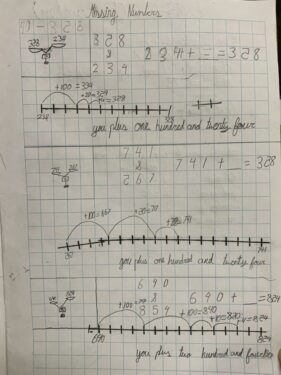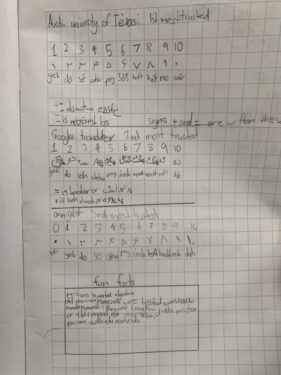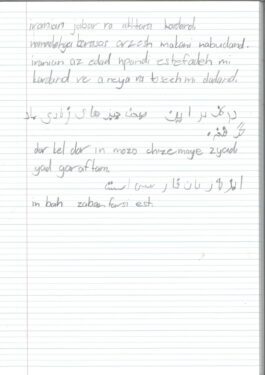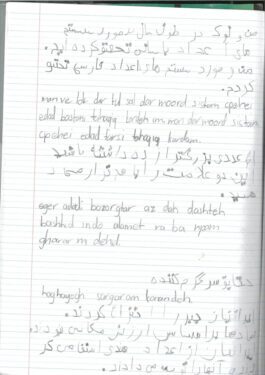Me and Luke have been researching ancient number systems over the course of the term. I researched Persian number systems.
We weren’t allowed to only use one source for our research. We exhausted the library resources and even contacted the senior campus library for books that could help us in our research.
My first source was the website of the Austin university of Texas. Through my research I learned that there are similarities between pronunciation of numbers and where they put symbols together to make numbers greater than ten with our number system. For example, if you had 12 you would put the symbols 1then 2 in the Persian language. They were also treated somewhat like roman numerals. This source also showed that there are symbols in the Persian number system for addition, subtraction, division, multiplication and the equal’s sign.
My second source was google translator. The translator showed a Persian language transitioning into a west Arabic language, with symbols having lots of intricate details.
My last source was Omniglot which was made out of different sources. This website was very similar to the first source with pronunciation and symbols being almost identical. But this time it showed up to 100 and it showed me how I use the symbols.
A couple of facts I have learned about:, the ancient Persians invented algebra. The symbols were not based on place value. Persian’s used Hindi numerals and developed them. Did you know that Persian numerals looked almost identical to Roman numerals? This has taught me that even if it is a different language you can still find similarities between them.
On the other hand Luke researched Babylonian number systems. which had complex symbols that could be put together to make bigger numbers. Babylonian is base 60 as opposed to our number system that is base 10.
Our number system has 10 symbols 0,1,2,3,4,5,6,7,8,9 and is known as a decimal system or base 10.
Binary has 2 symbols 0,1 so it is known as base 2.
This was a big step in my learning because we learned about bases and now we can convert base 16 numbers to base 10 to binary.
Oliver Y4




